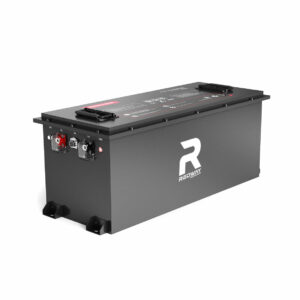What Are the Key Components of a Cell Site?
A cell site includes antennas, transceivers (for signal transmission/reception), baseband units (processing data), power supplies, and backhaul connections (fiber or microwave links). Antennas are mounted on towers or rooftops, while equipment cabinets house electronics. Modern sites also use beamforming and MIMO (Multiple Input Multiple Output) technology to optimize signal strength and capacity.
Baseband units serve as the computational core, converting radio signals into digital data packets through complex modulation techniques. These units now incorporate software-defined networking capabilities, allowing remote configuration of signal parameters. Power systems have evolved to include hybrid solutions—many sites combine grid power with solar panels or wind turbines to reduce operational costs and environmental impact.
“The shift toward modular equipment cabinets has revolutionized cell site deployments,” notes telecom engineer Mark Richardson. “Operators can now upgrade components without replacing entire systems.”
| Component | Function | Evolution |
|---|---|---|
| Backhaul Links | Connects cell site to core network | Transition from copper to fiber/microwave |
| MIMO Antennas | Enables spatial data streams | Increased from 4×4 to 64×64 configurations |
Modern sites also integrate environmental sensors to monitor temperature, humidity, and security breaches. These additions help prevent equipment failure and reduce maintenance visits—a critical advantage in remote locations.
How Are Cell Sites Powered and Maintained?

Cell sites rely on grid power, backed by batteries or generators during outages. Energy-efficient designs, like sleep modes during low traffic, reduce consumption. Maintenance includes software updates, hardware inspections, and antenna alignment. Remote monitoring tools detect faults, while technicians perform on-site repairs for physical damage or component failures.
What Happens if a LiFePO4 Battery Gets Wet?
Power systems increasingly adopt lithium-ion batteries instead of traditional lead-acid models due to their 50% longer lifespan and faster recharge capabilities. Some operators deploy hydrogen fuel cells as primary power sources in off-grid locations—a single cell can provide 10kW of continuous power for 72 hours. Smart energy management systems analyze traffic patterns to activate power-saving modes during predictable low-usage periods.
| Power Source | Uptime | Typical Use Case |
|---|---|---|
| Diesel Generator | 7-10 days | Rural macro sites |
| Lithium Battery | 24-48 hours | Urban small cells |
Predictive maintenance algorithms now analyze equipment vibration patterns and thermal signatures to forecast failures weeks in advance. Drones conduct visual inspections of tower components, reducing technician risks. These innovations have decreased site downtime by 40% since 2020 according to industry reports.
FAQ
- How far can a cell site transmit signals?
- Typical range is 1–20 miles, depending on frequency band and terrain. Urban small cells cover under 1 mile, while rural macro sites reach farther.
- Do cell sites emit harmful radiation?
- RF emissions from cell sites are regulated below safety thresholds set by organizations like the FCC. No conclusive evidence links them to health risks.
- Can cell sites work during power outages?
- Yes—most have backup batteries (24–48 hours) or generators. Critical sites prioritize uptime for emergency communications.
